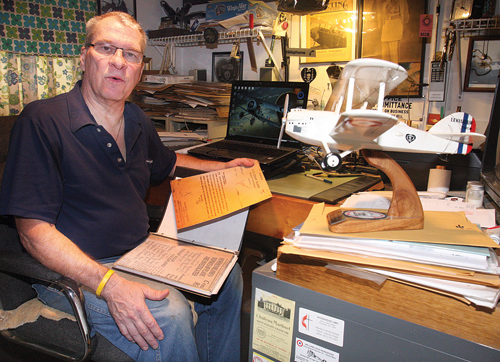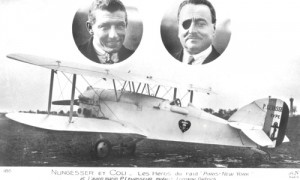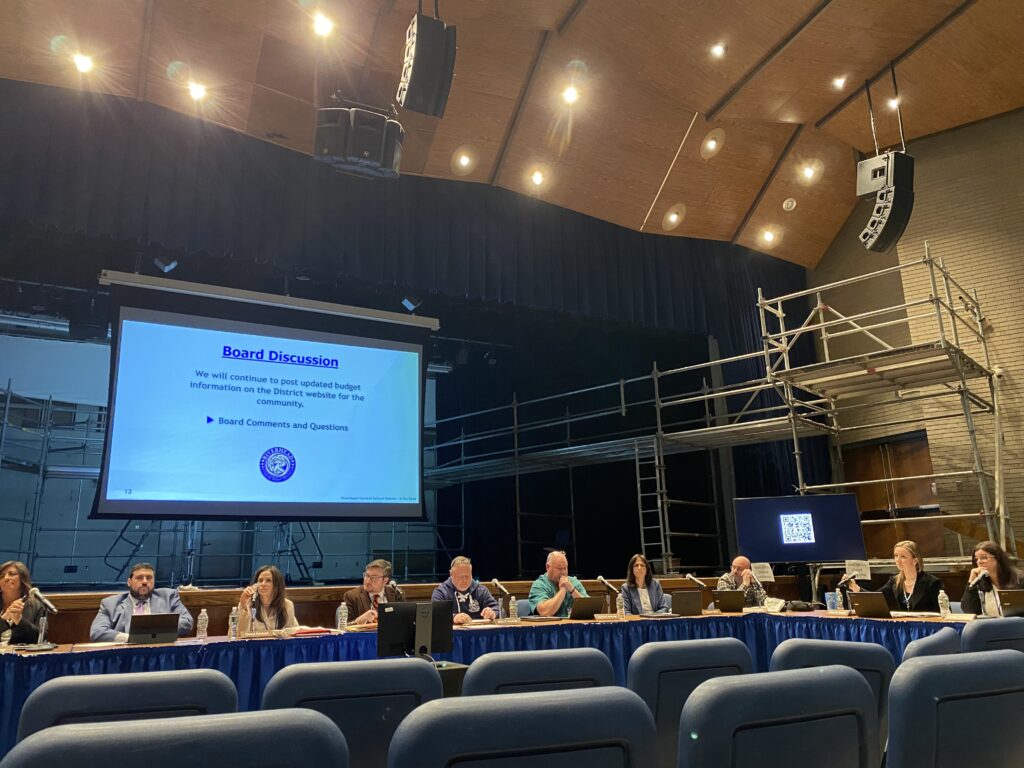Riverhead man’s hunting history — and getting warmer

“This could change aviation history,” says lifelong Riverhead resident Bill Nungesser, who is leaving for Newfoundland today to search once again for the wreckage of a plane flown by his cousin in 1927.
His cousin is Captain Charles Nungesser, a French fighter pilot and World War I hero who on May 8, 1927, attempted to become the first person to fly non-stop across the Atlantic Ocean — two weeks before Charles Lindbergh earned that title by flying The Spirit of St. Louis from Nassau County to Paris.
Bill Nungesser said evidence he and other researchers have recently unearthed could lead to the discovery of the plane’s wreckage in Newfoundland, which would mean the plane had crossed the Atlantic, even though its occupants didn’t survive.
Capt. Nungesser’s plane, the White Bird (L’Oiseau Blanc in French), disappeared, along with the captain and his navigator, François Coli, who were never found.

Bill Nungesser, who retired in 2009 after 23 years as a maintenance mechanic for Riverhead Town, didn’t become interested in the search for the plane until 1989, although he’d heard all his life about his famous relative.
“As a boy growing up, I had always heard these stories about my famous French cousin, but I was like, ‘He’s dead, I’m a teenager, big deal,’ ” Mr. Nungesser said.
But one day a friend at work challenged his tales about his cousin.
“He said, ‘You’re lying,’ ” Mr. Nungesser said, recalling his conversation with pal Rich Bokinz.
To prove Mr. Bokinz wrong, the two visited Riverhead Free Library and asked for everything they had on Charles Nungesser. A library employee proceeded to print out page after page of stories about Capt. Nungesser. Until then, Mr. Nungesser said, he had never truly appreciated his cousin’s place in history.
Since then, tracking the captain’s fate has become an obsession for Mr. Nungesser.
He’s made countless trips to Maine to search for the wreckage and at least a dozen trips to France to pore over records.
He made one previous trip to Newfoundland and has about seven file cabinets at his home filled with documents about the crash, numerous newspaper accounts and other artifacts.
For years, his search was focused on either Maine or Newfoundland, Mr. Nungesser said. But Coast Guard records that were classified until 2000 have provided information indicating that the plane may have crashed in the water off Newfoundland.
The Coast Guard documents were discovered around 2009 by Bernard Decre, a French researcher and explorer who was friends with Roland Nungesser, a relation of Bill’s who was a high-ranking French official and who was helpful in getting Bill documents pertaining to the crash. Mr. Decre became interested in the search for the White Bird when he read a chapter about it in Clive Cussler’s 2002 book, “The Sea Hunters II: Diving the World’s Seas for Famous Shipwrecks.”
“He found this one document saying they found a pair of wings floating in the ocean 300 miles off the coast of Boston,” Bill Nungesser said. “Then he started finding more documents, about pieces of wreckage in the ocean, and a report of an oil slick and debris off the coast of Saint Pierre and Miquelon in Newfoundland.”
There also are 13 police reports from people near that town who reported seeing a white plane heading from the north to the southwest along Harbour Grace in Newfoundland, with some of the reports saying the noise from the plane was scaring chickens.
While Newfoundland is in Canada, the U.S. Coast Guard was patrolling the area in search of rumrunners at the time of the crash, since Prohibition was in effect, Mr. Nungesser said.
Mr. Decre is already in Newfoundland, having left on Sunday with a professional crew and equipment including a magnometer and cables capable of searching 300 feet deep into the water, much longer than the ones they’ve used in the past.
“This is a professional crew,” Mr. Nungesser said. “That’s all they do.”
Mr. Nungesser plans to be in Newfoundland until June 27.
“Hopefully, we’ll find something,” he said.








